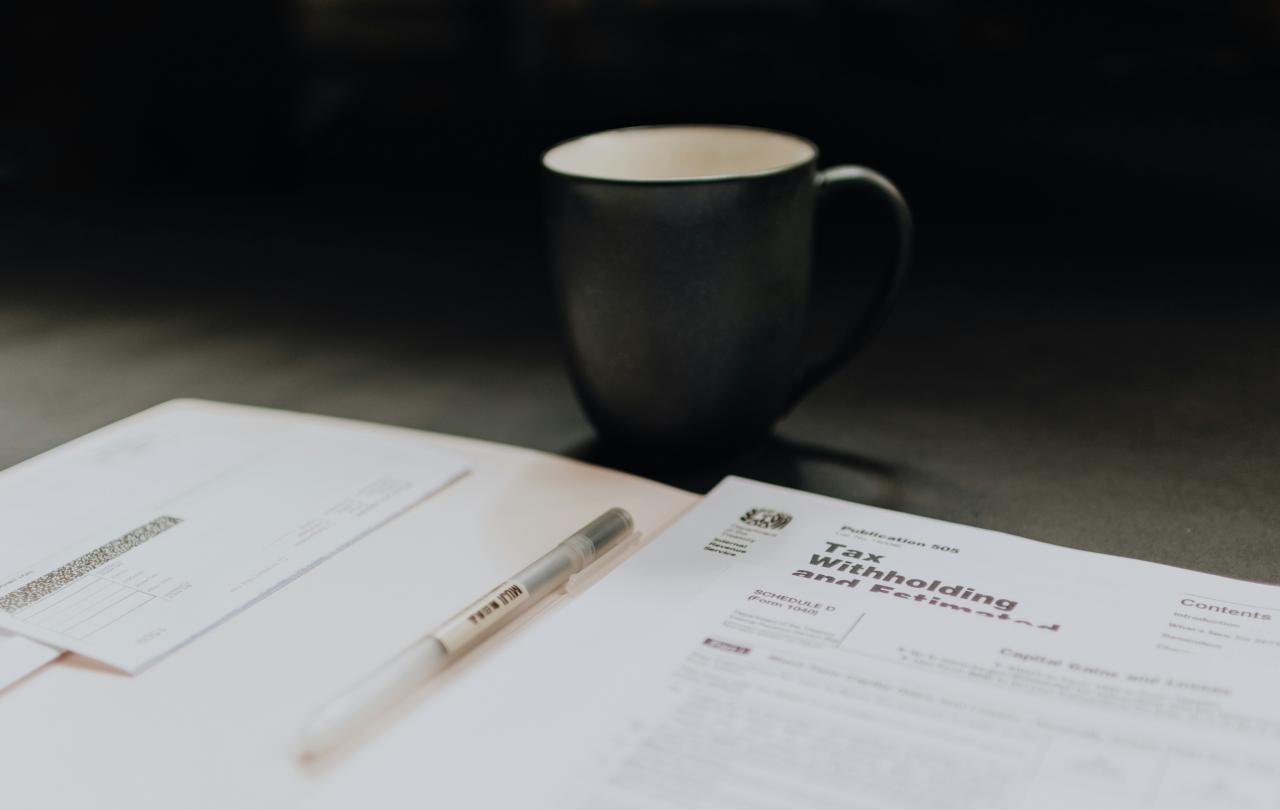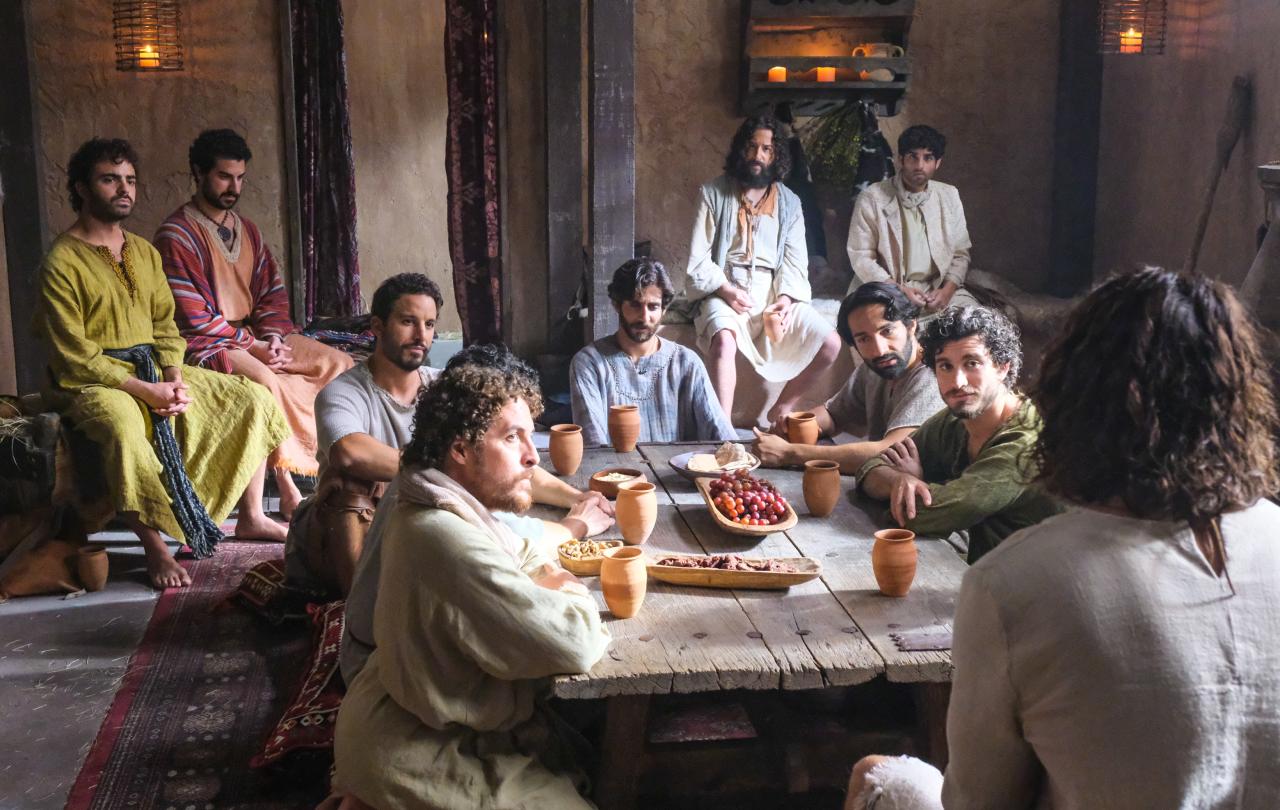
Few doubt that Chancellor, Rachel Reeves, will be putting up taxes when she presents her first Budget on October 30. The political narrative of recent months has very much been of an alleged fiscal “black hole” of £22bn - or is it £40bn? - that somehow needs to be filled.
While the size of the shortfall and the identity of those responsible are both hotly disputed, and despite a lack of detail from the Treasury about what it actually consists of, the questions now being asked are not whether taxes will rise but which ones and by how much.
Months of speculation have focused on employer National Insurance, capital gains tax and freezing income tax thresholds as areas that Reeves could look to for the additional revenue. But beyond the immediate issue of raising enough revenue to make good any shortfall, lies a deeper, trickier question about the way in which taxes should be levied for the good of society. If a government is to force people and companies to hand over their money, then what is the most ethical way to do this? Who should pay and who shouldn’t? How can tax be used to reduce inequality and build a better society?
Answering such questions is, of course, far from straightforward, because there are plenty of other factors in play.
For instance, some taxes are surely levied because they are simpler to collect. Take income tax - an unpopular measure introduced in 1799, then abolished before being reintroduced as a supposed temporary measure. It could certainly be argued that taxing people’s income - their attempt to get on in life and improve their lot in life - is less “fair” than taxing wealth that has been accumulated by someone’s ancestors years ago. Working hard and earning income is often surely a way of breaking down class divisions. But income tax - contributing 28 per cent of UK government tax take in 2023-24, according to The Institute for Fiscal Studies - has the advantage that it is relatively difficult for the average worker at a UK company to avoid it. Ease of levying it is surely a driver.
Equally, some taxes that might seem “fairer” have deliberately not been levied because of the difficulty in collecting them, and/or because to try to do so could be counterproductive. A wealth tax, for instance, would be “economically damaging”, according to one of the UK’s highest profile tax experts, Dan Neidle. Or take the politically contentious issue of non-doms, a colonial era tax break allowing rich foreigners to avoid UK tax on overseas income. It would be fairer, the argument goes, to tax them on the whole of their income. If they are going to be resident in the UK, then surely they should be taxed like a UK resident whose home is here?
Former Chancellor Jeremy Hunt abolished this regime earlier this year but left a number of concessions that the incoming Labour government pledged to abolish. But non-doms are tax-sensitive and highly mobile, and a number of jurisdictions compete to attract them. Many are entrepreneurs and wealth creators that many countries need. Reports have suggested a clampdown could raise no money or even cost money and could drive people away.
So what can be done to use tax in an ethical way? Paul Williams, research professor of marketplace theology and leadership at Regent College, Vancouver and chief executive of the Bible Society, takes a perspective that he believes offers some solutions.
He takes as his starting point a story in the gospels, where Jesus is asked whether people should pay taxes to Caesar. The question is a trap - either Jesus gives his backing to taxation that is highly unpopular with the Jewish people, or he rejects the tax in an act of rebellion against the Romans.
Jesus replies that they should “pay to the Emperor what belongs to the Emperor, and pay to God what belongs to God.” We are to pay our taxes to those in authority, but we are also to honour God.
While Williams believes that too much emphasis is placed on the Budget and political parties’ promises to be able to fix everything, and that a more radical rethink of our economy is required, he also sees room for positive tweaks to the current system.
One key area is the property market, the manifestation of so much inequality in society, with some people owning multiple houses while others cannot afford to buy one. Williams argues that the ready availability of debt finance has allowed those who already hold assets to easily acquire properties, turning real estate into an investable asset class to the detriment of many of the poorer in society.
“The reason there’s so many homeless people and empty houses is due to debt finance. It makes it easy for a relatively small proportion of the population to acquire a large percentage of the assets.
“The system has allowed a structure in which a small advantage in the beginning can lead to big, big differences over time.”
Williams highlights parts of Devon and Cornwall that have been “completely ruined” by wealthy people from elsewhere buying second homes that used to belong to locals, leaving property out of reach of anyone who lives and works there.
Nevertheless, he believes taxation can be used in this area to help level the playing field.
He proposes a “pretty punitive” marginal rate of tax on ownership of more than one home. (Stamp duty only partly does the job and is a blunt instrument also affecting people moving homes, thereby makes mobility expensive).
“You want to disincentivise the way the housing market is used for speculation,” he says.
“Housing is being treated as a commodity. The problem is, it’s not; it’s not just an asset. It has utility value and a communal and quasi-spiritual value, enabling people to feel rooted.”
Buy-to-lets, meanwhile, are better than having empty second or third homes, but “wouldn’t it be better if occupiers could buy that house?” he adds.
Meanwhile, research by the Financial Times recently found a huge wealth gap between the average millennial and the top 10 per cent of millennials, who are benefiting from family wealth to accumulate substantial housing assets.
So would increasing the rate of inheritance tax - one of the most hated of taxes - and/or lowering the threshold also help reduce some of this inequality? After all, how is it fair that one child in the UK is born to inherit large property wealth while another is born to inherit little or nothing? Or, even worse, that second child will only ever be able to afford to be the tenant of the first, paying them rent for the rest of their lives? Williams is not a fan of inheritance tax per se, arguing that it is “not part of the package” in a Biblical image of a flourishing economy. But he adds an important caveat: “the playing field is not level".
“There might be circumstances to impose a one-off tax on the very wealthy… if you want a transition to a more equitable society.”
Such steps are not easy to take. It is, he admits, probably “career suicide” for a politician to adopt such views. But if we are to take steps towards a fairer way of life, and avoid a two-tier society in decades to come, then maybe the conversation needs to shift this way. Perhaps the Budget could be the time to start.





